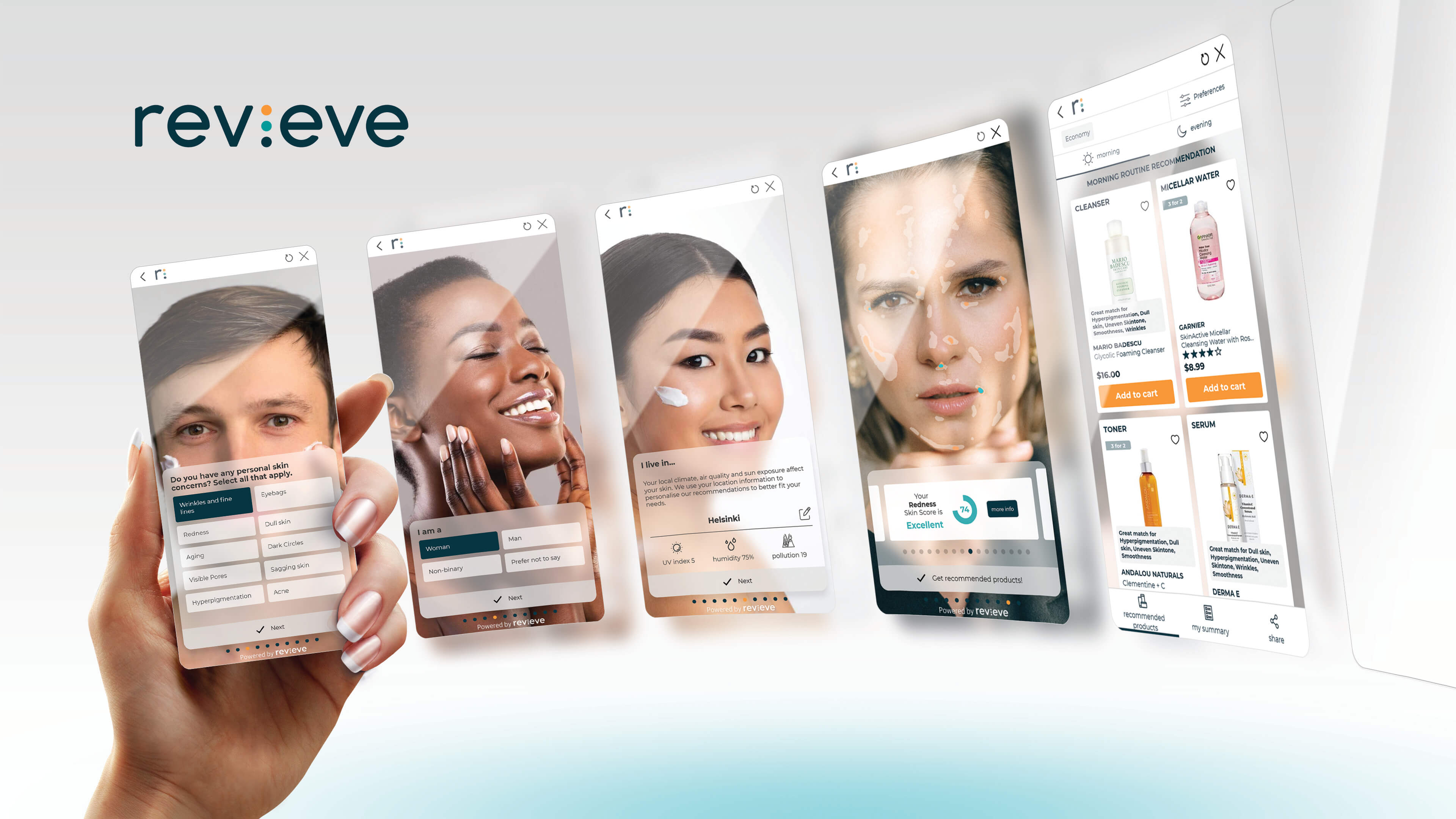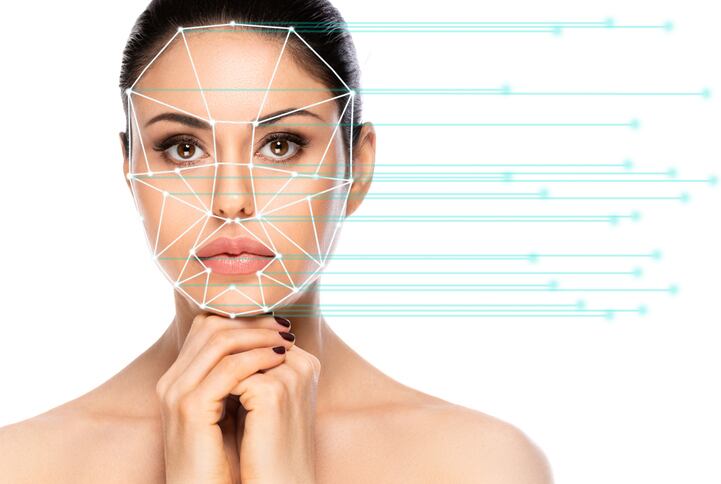US-based data intelligence company Proxima is making waves amongst DTC beauty and wellness brands focused on audience targeting and consumer acquisition leveraging by leveraging the latest in AI tools. By utilizing consumer data on social media platforms like Facebook, Instagram, Pinterest, Snapchat, and TikTok, wellness brands such as Kindra, skincare brands like SolaWave and Disco, and personal care and beauty brands like Kopari have launched targeted campaigns that have demonstrated results including an “average increase in ROAS of 89%, an average reduction in CPAs of 30%, and an increase in average order value (AOV) of 45%,” according to its recent company press release.
To learn more about how AI data-based consumer targeting can benefit beauty and personal care product manufacturers, suppliers, and brands better reach their targeted shopper demographics, aid in formulating and launching products that best-fit consumer demand, and solve some of the most significant challenges and pain points facing beauty and personal care product manufacturers and suppliers today, CosmeticsDesign interviewed Alex Song, entrepreneur and CEO of Proxima for his insights and experiences.
CDU: Can you explain the impact AI is having on targeting and customer acquisition among DTC beauty and wellness brands?
Alex Song (AS): Over the past 5 years, we have seen many innovative D2C beauty and wellness brands emerge, shaking up an industry that had long been dominated by a small number of highly influential players. The success of these smaller brands was, in part, due to the efficiency with which they were able to reach their target audience through social media advertising. Think of success stories like Glossier.
Like the early days of social media, AI is now the single most disruptive factor impacting the way D2C beauty brands reach and engage with audiences. First, AI has played a significant role in bridging the targeting gap left two years ago in the wake of Apple’s app tracking transparency (ATT) policy. Many brands saw their ROAS plummet by as much as 60% along with significantly higher CPMs.
Since then, AI and machine learning technology have advanced, filling this targeting gap using anonymized data sets that help brands once again reach their ideal audiences, and in a privacy-friendly way. Our work with Solawave, a science-backed skincare hardware device, is a great example to illustrate this.
Like many companies, they were struggling to acquire new customers at scale in the face of Apple’s privacy changes. We worked with them to develop AI-based audiences for their Facebook prospecting campaigns. In this case, AI-based targeting enabled them to increase their ROAS by 33% and their conversion rates by 18%, all while lowering their CPA by 32%.
CDU: What is the importance of AI’s underlying data sources as it pertains to the cosmetics and personal beauty care product sectors?
AS: Because the cosmetics and personal beauty industry is so competitive, it is important to not just jump into AI because it is a trend, but to really understand how to use AI to differentiate your brand. The starting point and value of any AI tool is, of course, its underlying data source.
Because AI requires large amounts of data to inform and iterate its learning, many of today’s tools will be based on one of the largest and most available sources – searchable data available on the web. A great place to start, but keep in mind that readily available data doesn’t offer inherent differentiation.
The source of differentiation for a particular beauty brand would then have to come from the AI programming itself – how quickly and how accurately the program can learn and adapt - or proprietary data that not everyone readily has access to. Alternatively, new tools are becoming available that are based on underlying data sources that include attributes that are unique to the beauty and wellness industries, capturing deep customer relationship insights and broad, cross-platform behaviors.
More specifically, we can learn something from a shopper 's engagement with beauty brands on Facebook. But we can learn even more if we include that shopper’s interaction across multiple platforms, such as Instagram and TikTok, and how they respond to email campaigns from beauty brands as well.
CDU: How does integrating anonymized, encrypted data for both targeting and privacy purposes benefit cosmetics and personal beauty care product manufacturers and suppliers?
AS: Let’s first start with the privacy part of your question. AI models that use anonymized, encrypted data are the best way to take a privacy-first approach to target marketing, enabling brands to gain additional insight beyond what their own first-party data can tell them.
The integration of multiple sources of anonymized data will generate a higher level of insight into shopper behavior with respect to the beauty brands they interact with. My company Proxima, for example, receives anonymized and encrypted data from thousands of active integrations with payment processors, email and SMS, and demographic data.
Possibly the most compelling is transactional data about previous purchases, which offers the strongest correlation to future purchasing behavior.
Email and SMS provide additional context on engagement behavior, which allows our machine learning to further augment a shopper persona. We further enrich our database with traditional demographic details (location, age or gender).
These sources combined become a powerful tool for brands to construct ideal audiences and find differentiated ways to engage with them that will be well received.
CDU: In what ways can AI be applied so cosmetics and personal beauty care product manufacturers can better understand and meet consumer needs?
AS: One of the most exciting advances that AI brings to companies that want to better understand customer needs is the ability to go beyond pixel-based services that track what people are doing on storefronts to try and predict the potential of a future purchase, which is analogous to retargeting. But retargeting has become the least challenging part of the acquisition funnel as the solutions available today for retargeting are quite robust and sufficient.
Unlike these intent-based tools, AI models are being built to go beyond targeting existing customers and are prioritizing prospecting new customers by leveraging stronger predictors for purchasing behavior, namely what types of products people have already bought and what content they are actively engaging in.
For example, in our work with Kopari, a personal care brand that makes clean coconut-based products, we built AI-based audiences to help them diversify their customer acquisition strategy, with a focus on their top-of-funnel activities. We applied our iterative machine learning over a four-week period to improve their targeting efforts and Facebook and achieved a 76% increase in ROAS and a 14% decrease in CPA.
CDU: Are there any challenges to applying AI to the DTC beauty and wellness market sector? If so, how can those challenges be overcome?
AS: The biggest challenge is ensuring you are working with the most viable data sources as possible. When we think about applying AI to drive growth for DTC beauty and wellness companies, we are using machine learning algorithms to locate the ideal customer acquisition signal by observing how changes to the audience composition impact metrics like CAC (customer acquisition cost) and ROAS (return on advertising spend).
To do this well, we must keep in mind that the beauty and wellness industry is in a state of constant innovation.
For this reason, we have worked to build live data integrations for our AI models, enabling us to adjust the composition of the target audience based on the actual activity of anonymized shopper personas in the database. Audiences will refresh regularly, using the latest information received to refine the audiences to optimize performance metrics.
The relative performance of different audience profiles informs the AI to learn what will perform best at scale. Once the key attributes of the outperforming audiences are identified, audiences are refreshed with a greater concentration and weighting of those “winning” attributes.





